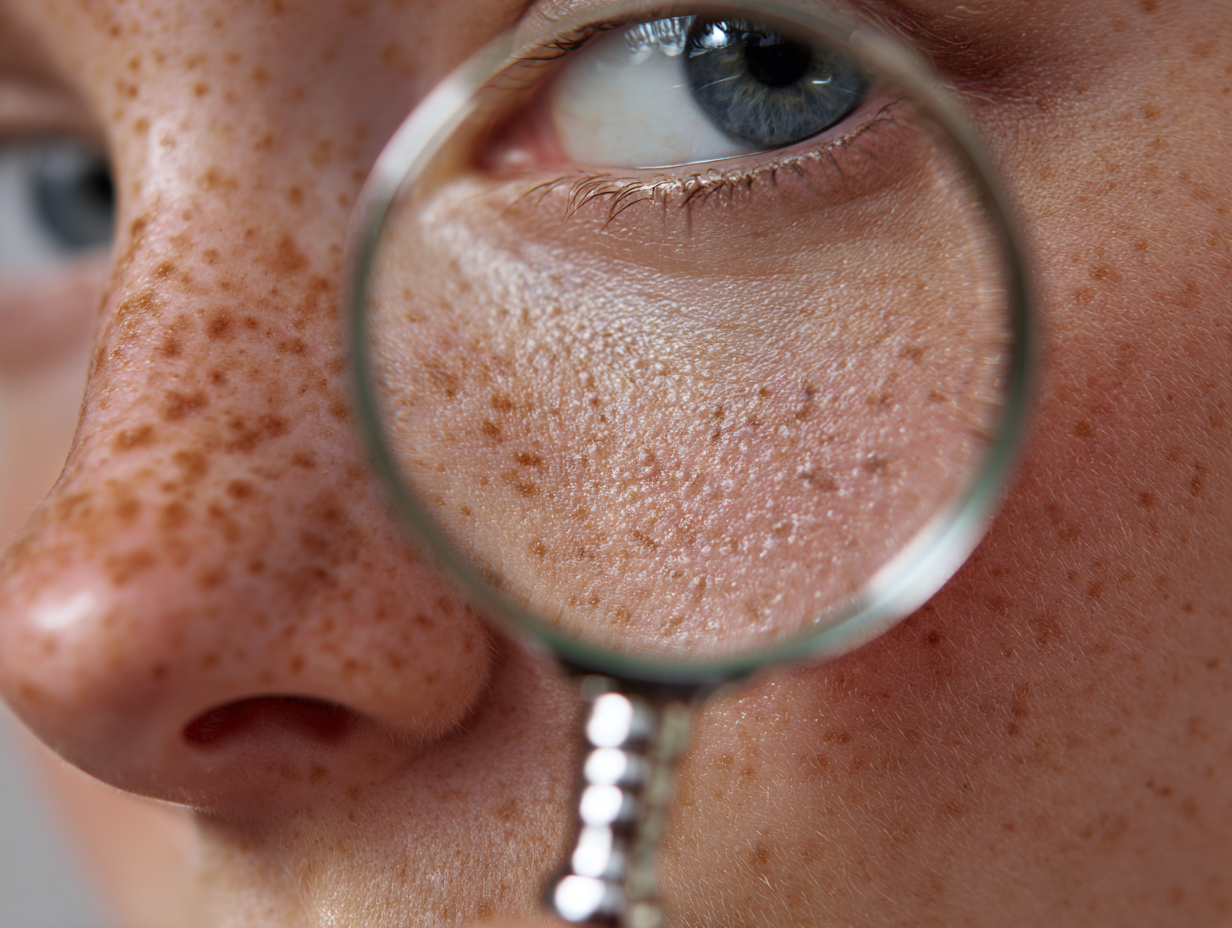The Microbiome Is Rewriting the Rules of Skin Aging

A decade ago, the idea that microbes living on your face could influence how you age would have sounded like science fiction. Today, it’s at the cutting edge of dermatology. Researchers are uncovering the intricate ways the skin microbiome—the ecosystem of bacteria, fungi, and even viruses that live on our skin—shapes how our skin looks, behaves, and ages.
And the findings are turning old assumptions about skin ageing on their head.
Beyond Wrinkles: Why Scientists Are Studying the Skin’s Ecosystem
A landmark study in 2025 revealed that people with the same chronological age often have very different apparent ages—how old they actually look—and one of the biggest differences was in their skin microbiome stability.
-
“Delayed agers”—those with younger-looking skin—had microbial networks that were more resilient and produced beneficial metabolites like antioxidants.
-
“Premature agers” showed microbial communities that were disrupted, less stable, and associated with higher markers of inflammation and barrier dysfunction.
In other words, your skin microbiome might be acting like a hidden clock, quietly influencing whether you age slowly—or too fast.
UV, Photoaging, and the Antioxidant Connection
Another fascinating discovery: in people with chronic sun exposure, certain microbes that produce protective molecules—including ectoin, a natural antioxidant—were dramatically reduced.
Why does this matter? Ectoin has been studied for its ability to protect cells from oxidative stress, one of the main drivers of wrinkles, pigmentation, and loss of elasticity. When UV damage knocks out the very microbes that make it, the skin loses a key defense mechanism.
This suggests that supporting the skin microbiome may be as important as sunscreen in long-term anti-aging strategies.
The Barrier Link: Diversity and Skin Function
Microbiome research is also revealing the connection between barrier function and microbial diversity.
-
Higher microbial diversity is often linked with lower transepidermal water loss (TEWL)—a measure of how well the skin holds onto moisture.
-
As we age, barrier lipids decline and pH changes, altering the microbial landscape and leaving skin drier, thinner, and more vulnerable.
It’s a two-way street: the health of your barrier influences your microbiome, and your microbiome influences the health of your barrier.
Where Desavery Fits In
At Desavery, we’ve been formulating for the skin barrier and its microbiome long before it was trending. Our Skin Barrier Duo—Smooth Hyaluronic Acid followed by Stellar Facial Oil—creates the ideal environment for a resilient microbiome: hydrated, protected, and balanced.
Because the fact is: if you want skin that ages well, you have to protect the ecosystem that protects you.
The Takeaway
We’re only beginning to understand how deeply our skin’s invisible ecosystem shapes aging. But one thing is clear: the future of anti-aging isn’t just about collagen or retinol—it’s about building a thriving microbiome and protecting it from the stresses of modern life.
And that’s exactly what the Skin Barrier Duo was designed to do.


